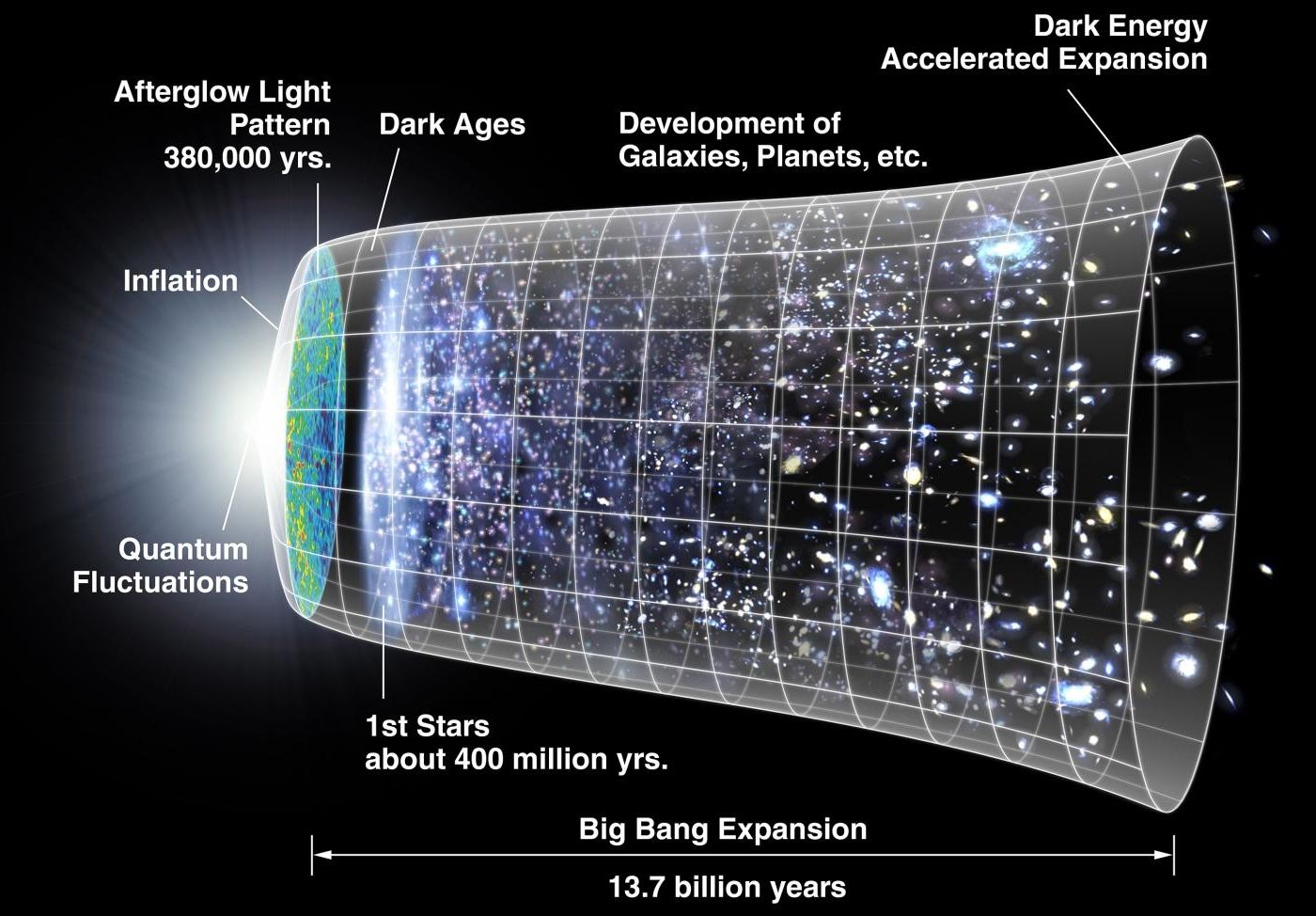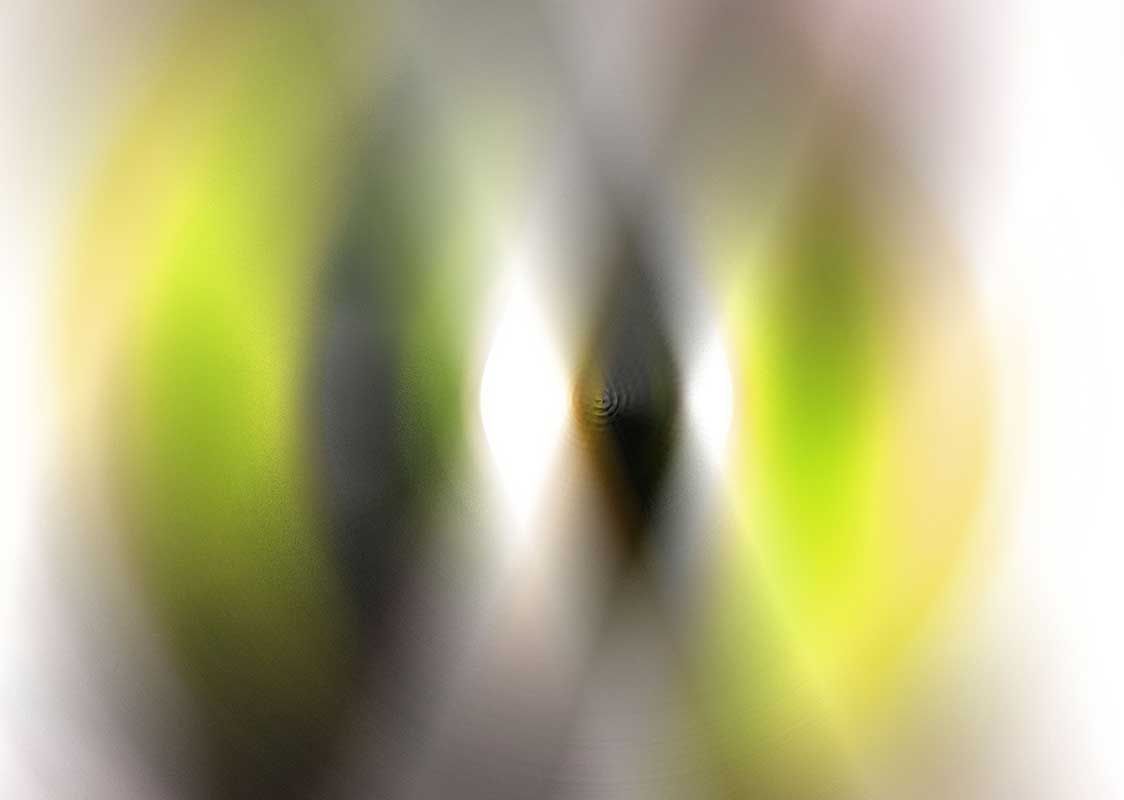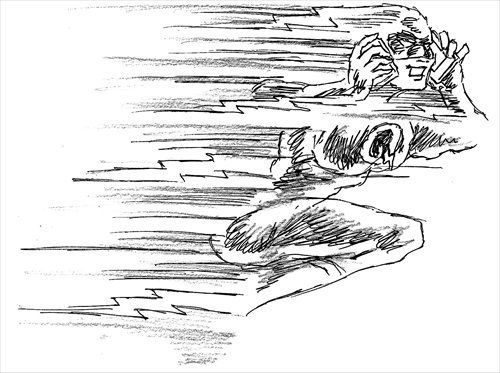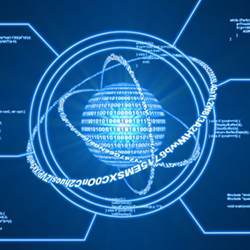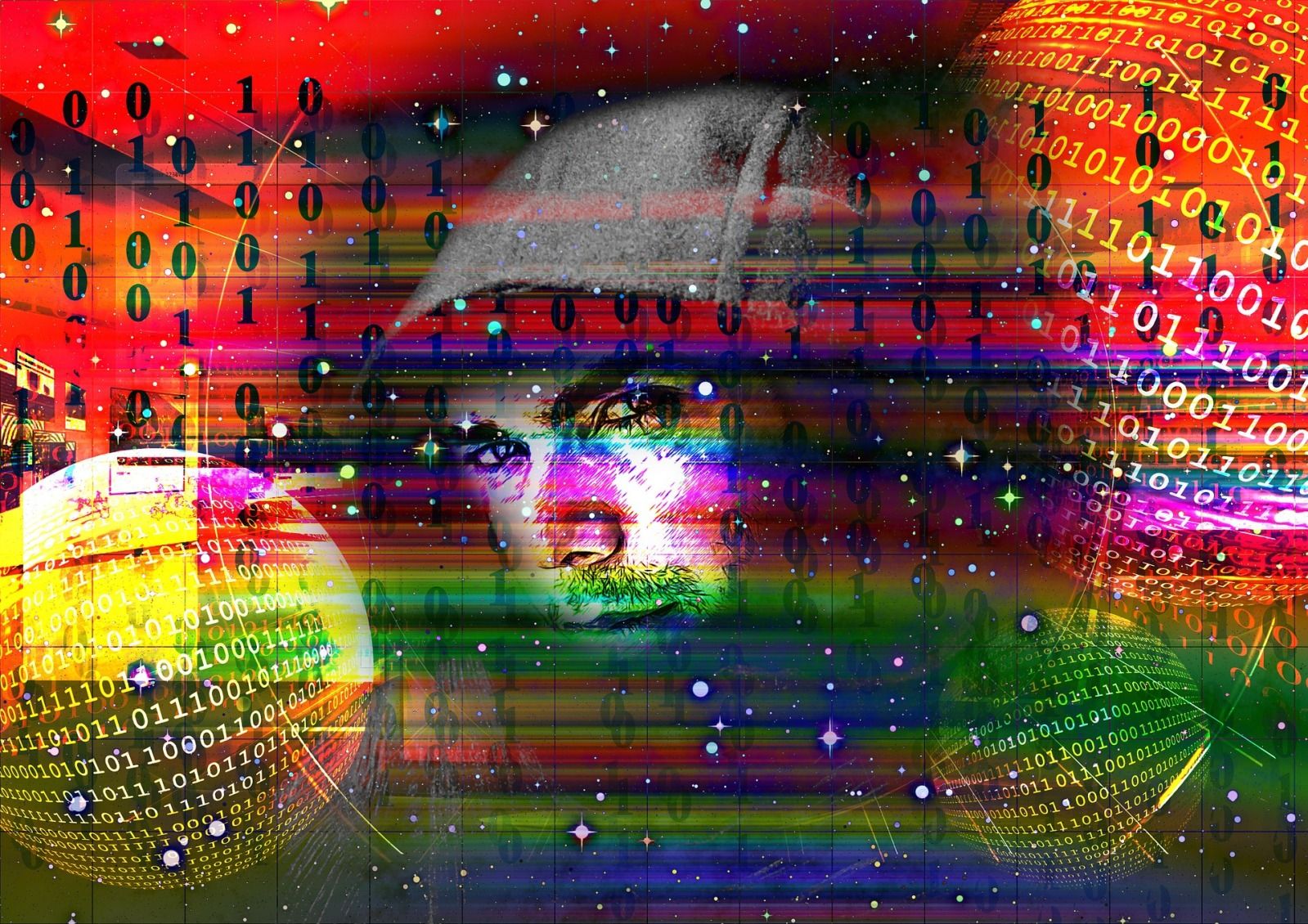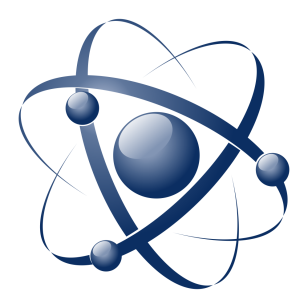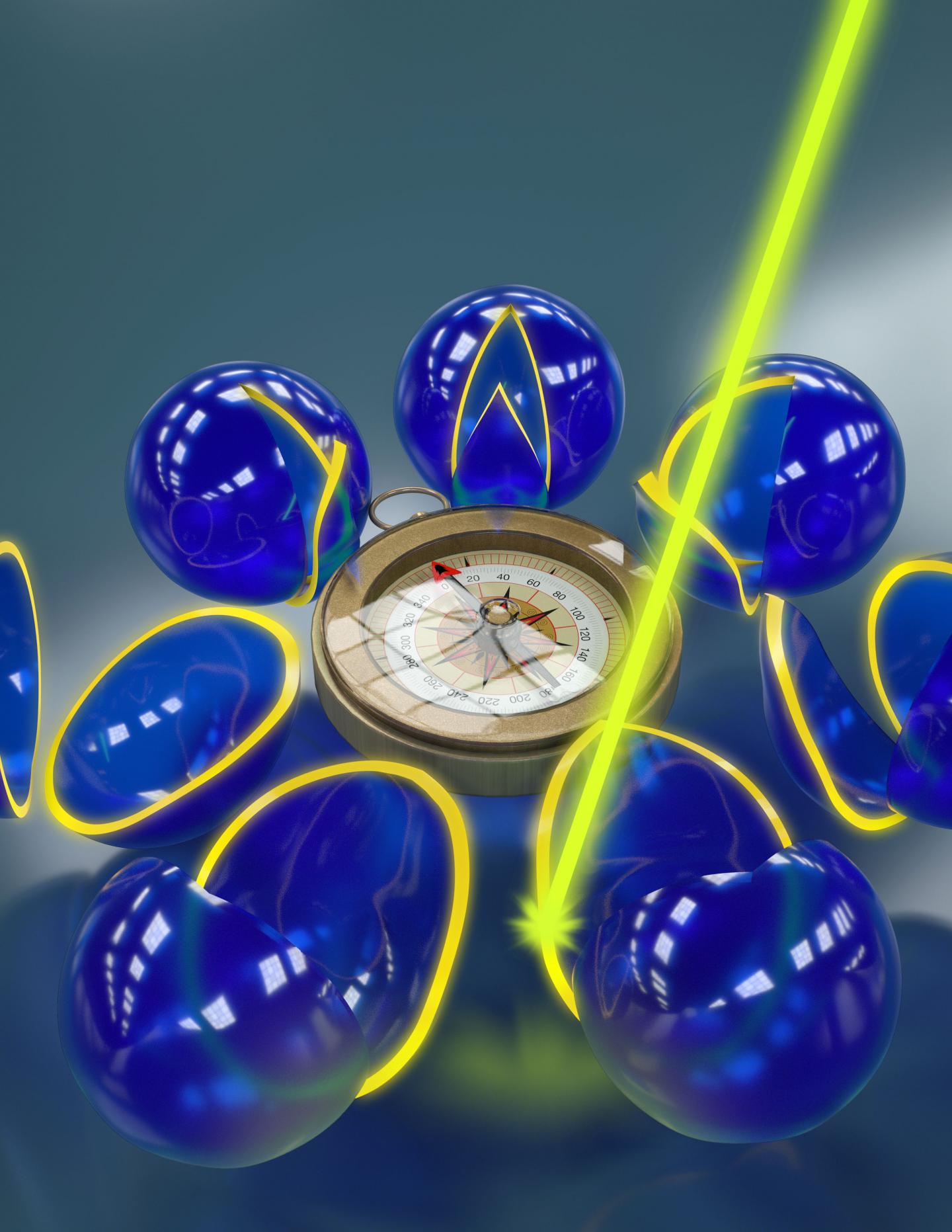Feb 21, 2016
Debunking the hysteria about cyberterrorism. Some sensible advice
Posted by Karen Hurst in categories: finance, quantum physics
Interesting article and does bring into question; what is “Cyberterrorism?” In the definition that I understand “Cyberterrorism” is when a person/s or a group inflict threats or conducts activities to create fear and/ or panic across the population. Therefore, with this definition cyberterrorism donesn’t necessarily be tied to a specific race, religion, political alliances, a gender, etc. It truly is any action or activity that creates fear and panic.
Unfortunately, this article really center on Cyberterrorism tied to certain group namely ISIS. And, only focusing on groups like ISIS is a big mistake; especially when you have hackers attacking hospitals, governments, banks, consumers, etc. and in some cases extorting money from their victims which ultimately has created fear and concerns across the population. Even the US Navy is considering to disconnect some of their own systems from the net. And, 2015 was the worst year ever for cyber attacks.
And, today, China (a country that has been listed as the country where most of the US Cyber attacks are coming from) has announced that they are on verge of providing their country Quantum technology which would mean China (including the hackers) would have an upper hand on protecting their systems and can easily hacked other countries systems including those with sophisticated encryptions.
Continue reading “Debunking the hysteria about cyberterrorism. Some sensible advice” »


